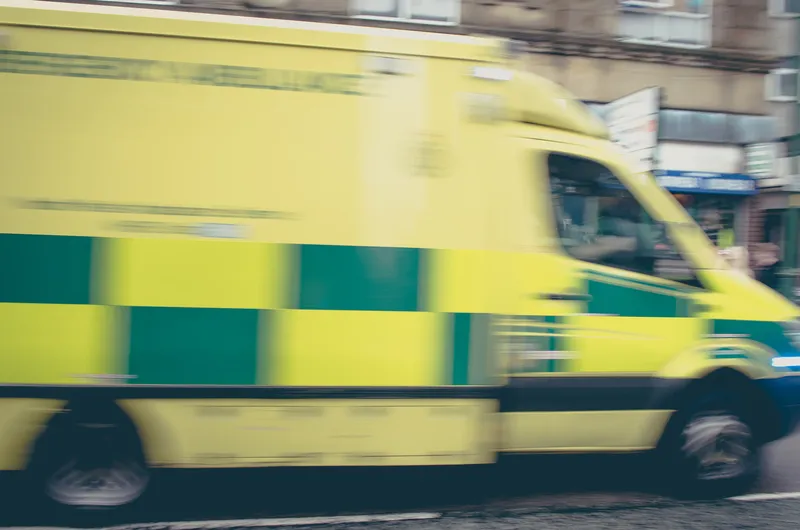VAS becomes activated when an approaching vehicle is travelling over the system’s pre-set threshold. It displays the speed with either an instruction to slow down or a sad face in red. A happy face or thank you is shown in green for drivers travelling within the speed limits.
Most of the VAS are fixed to existing light columns while some are solar powered. The signs are CE marked for quality and safety and are built with the latest Swarco LED’s, which are said to provide optical output for increased reliability as well as reduced power consumption.
Chhaganlal J Dabhi, project engineer for Brent Council’s Highways and Infrastructure Service, said: “One of the most common causes of accidents involving P2W is high speeds. And high speeds can cause severe injuries and fatalities, particularly for a motorbike rider who is the most exposed and vulnerable. However, we also know that one of the most effective measures to reduce accidents can be to inform all road users of the hazards and prevailing dangers, and advise them accordingly.”
“Whilst we wait to see what the data reveals in terms of the signs’ effectiveness, we are pleased that the project is bringing about more general awareness to all road users about the potential dangers to motorcyclists and reducing accidents overall. If these signs help to prevent a death or serious injury on the Borough’s roads then it is money well spent.”
Swarco installs 34 VAS cameras to calm speeding in Brent
Swarco Traffic has installed 34 Vehicle Activated Speed signs (VAS) at key locations in the UK borough of Brent to support its council in reducing collisions, road danger and accidents that involve powered two wheelers (P2Ws) such as motorcycles and mopeds. Motorcycles account for 19% of all road user deaths despite representing 1% of total road traffic, according to the National Think Road Safety Campaign.
February 12, 2018
Read time: 2 mins








